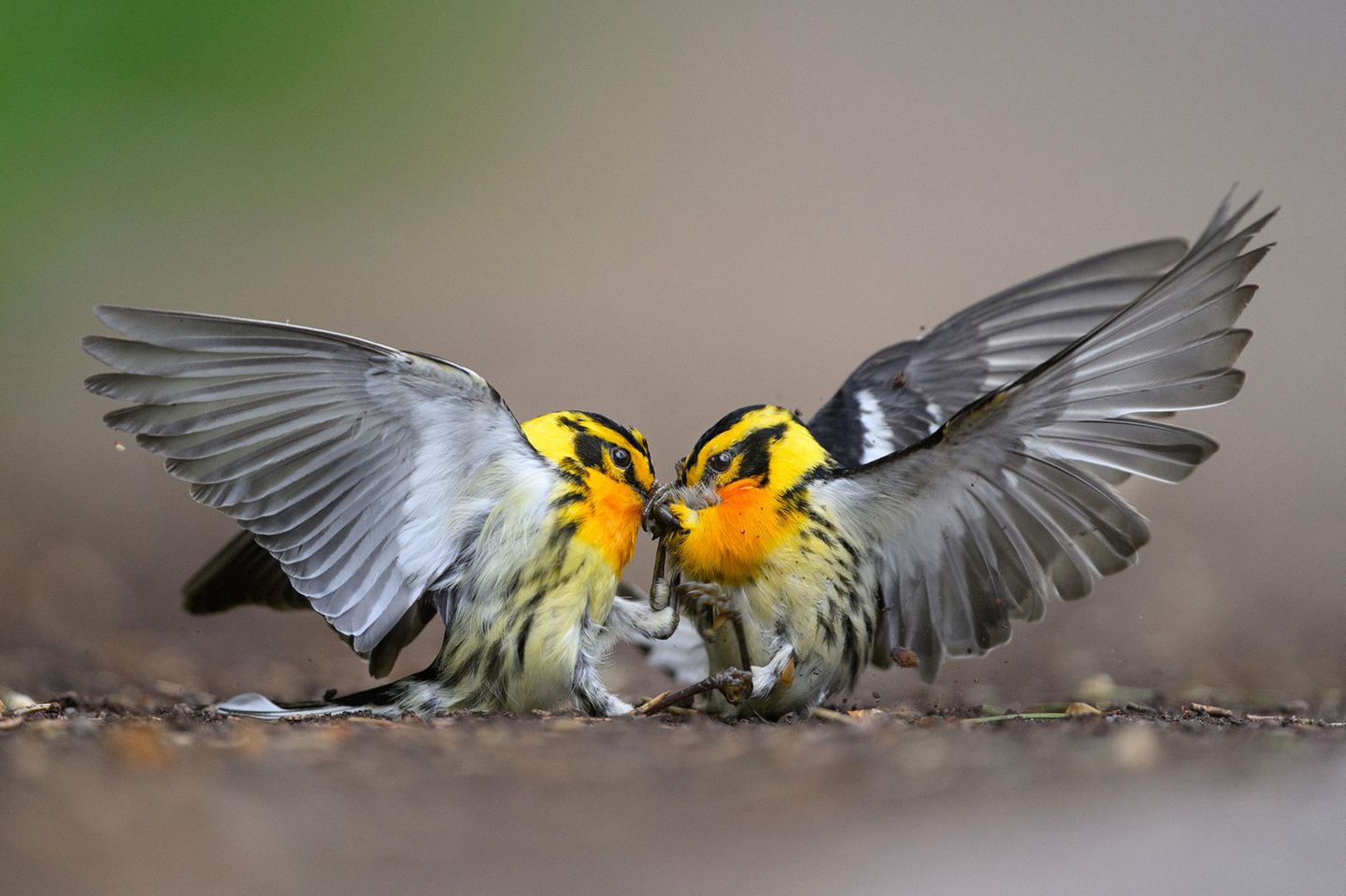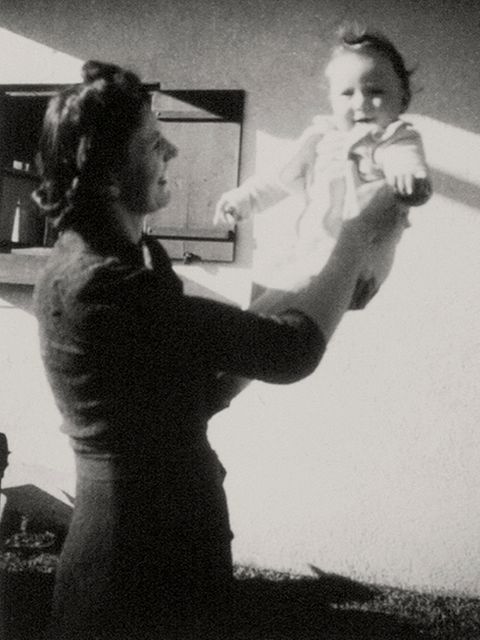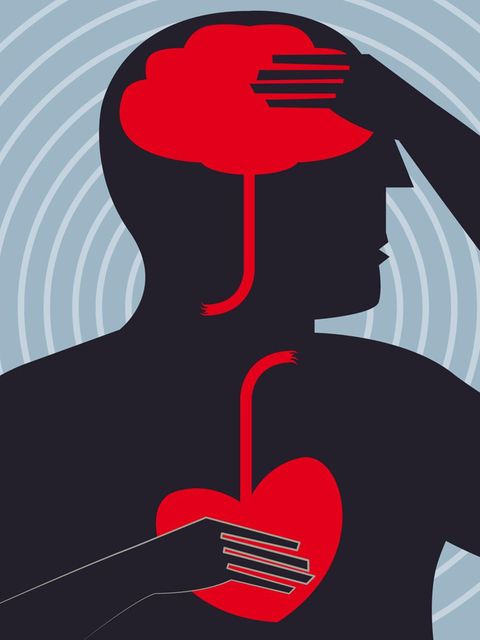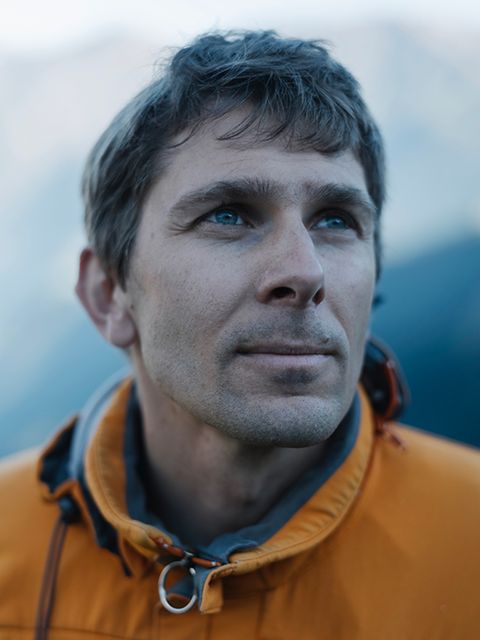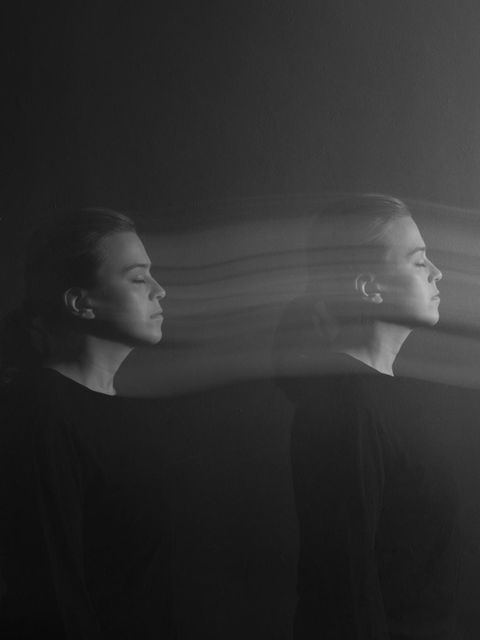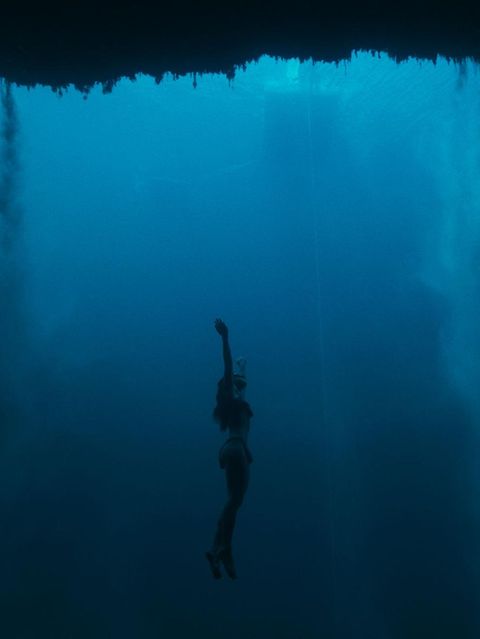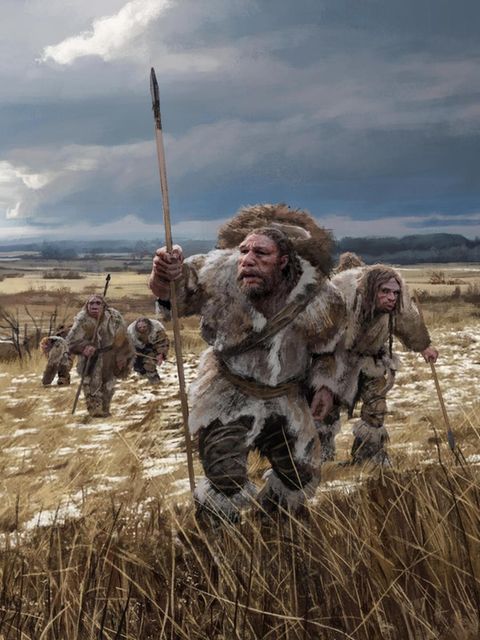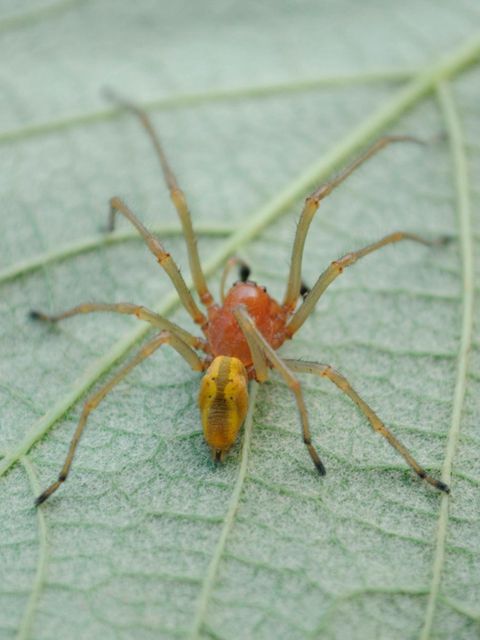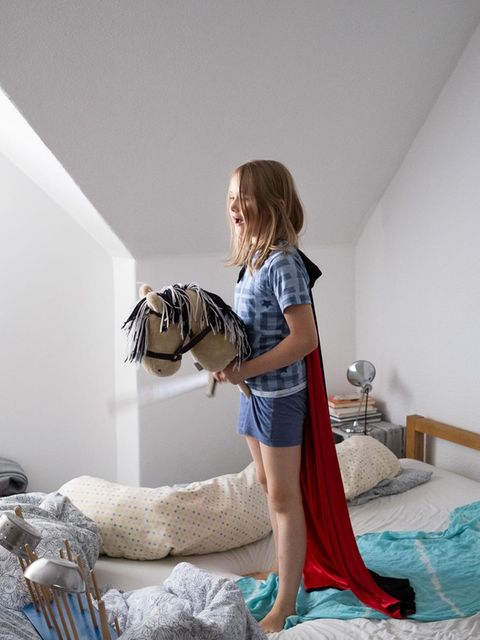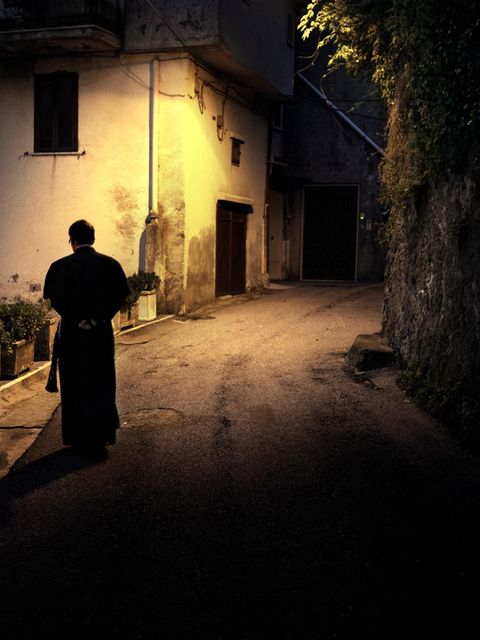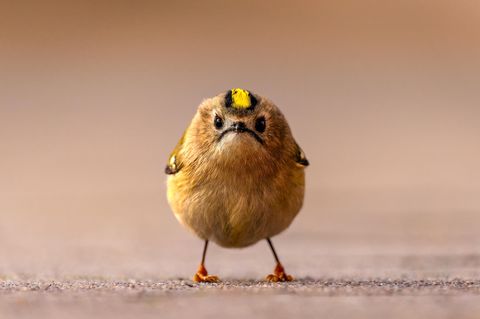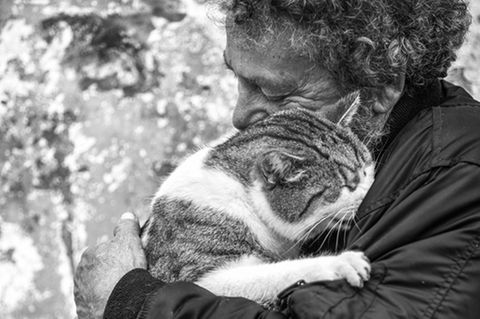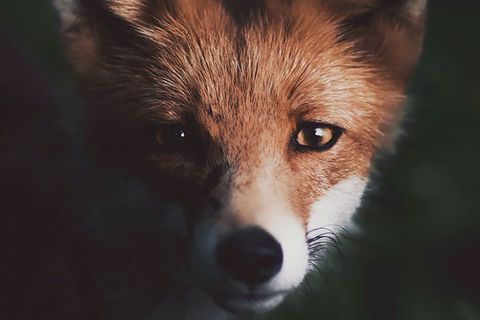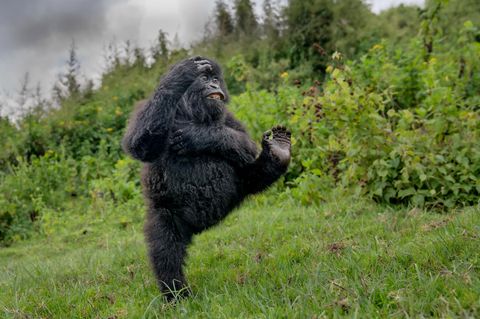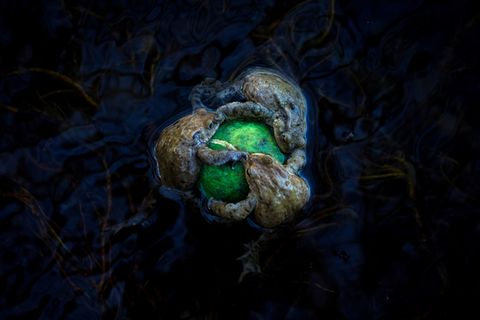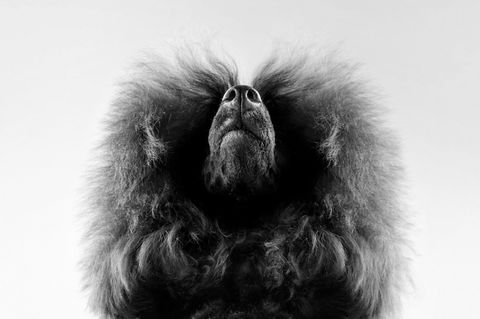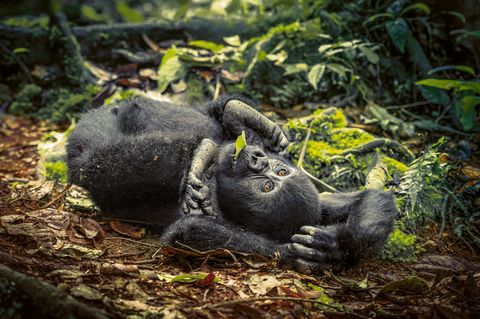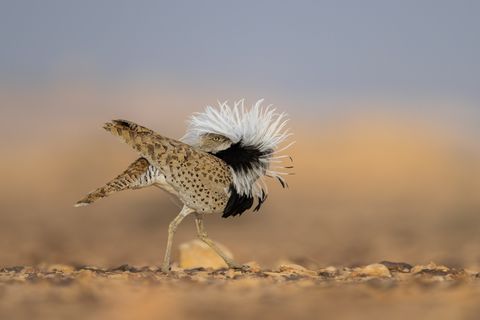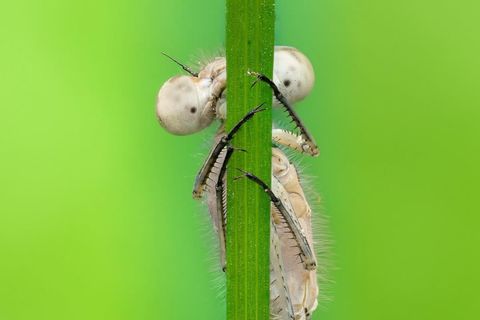Wenn Vögel verschwinden, wird es still. Und langweilig. Schließlich sind Vögel die Lebewesen, denen wir am häufigsten begegnen können, weil sie groß genug sind und fast überall vorkommen. Wir müssen nur auf sie achten. Tatsächlich sind in den USA laut einer neuen Studie zwei Drittel aller Vogelarten durch den Klimawandel bedroht. Auch bei uns leiden Vögel unter Lebensraumverlust, Klimaveränderung und Futtermangel. Fast die Hälfte der Arten sind in ihrem Bestand gefährdet, 33 Arten sind vom Aussterben bedroht; 14, unter anderem die Blauracke, der Gänsegeier, die Rosenseeschwalbe, der Schlangenadler und der Steinsperling sind bereits verschwunden.
Grund genug für den renommierten Audubon Photography Award, in diesem Jahr zum ersten Mal die Kategorie "Vögel in Landschaft" auszuloben. "Wir wollten damit die Aufmerksamkeit darauf lenken, in welcher Verbindung Vögel mit ihrer weiteren Umgebung stehen", schreibt die Organisation. Egal ob wild, städtisch oder ländlich: Wo Vögel sind, erzählen sie uns auch immer etwas über das Land, auf dem sie leben.
